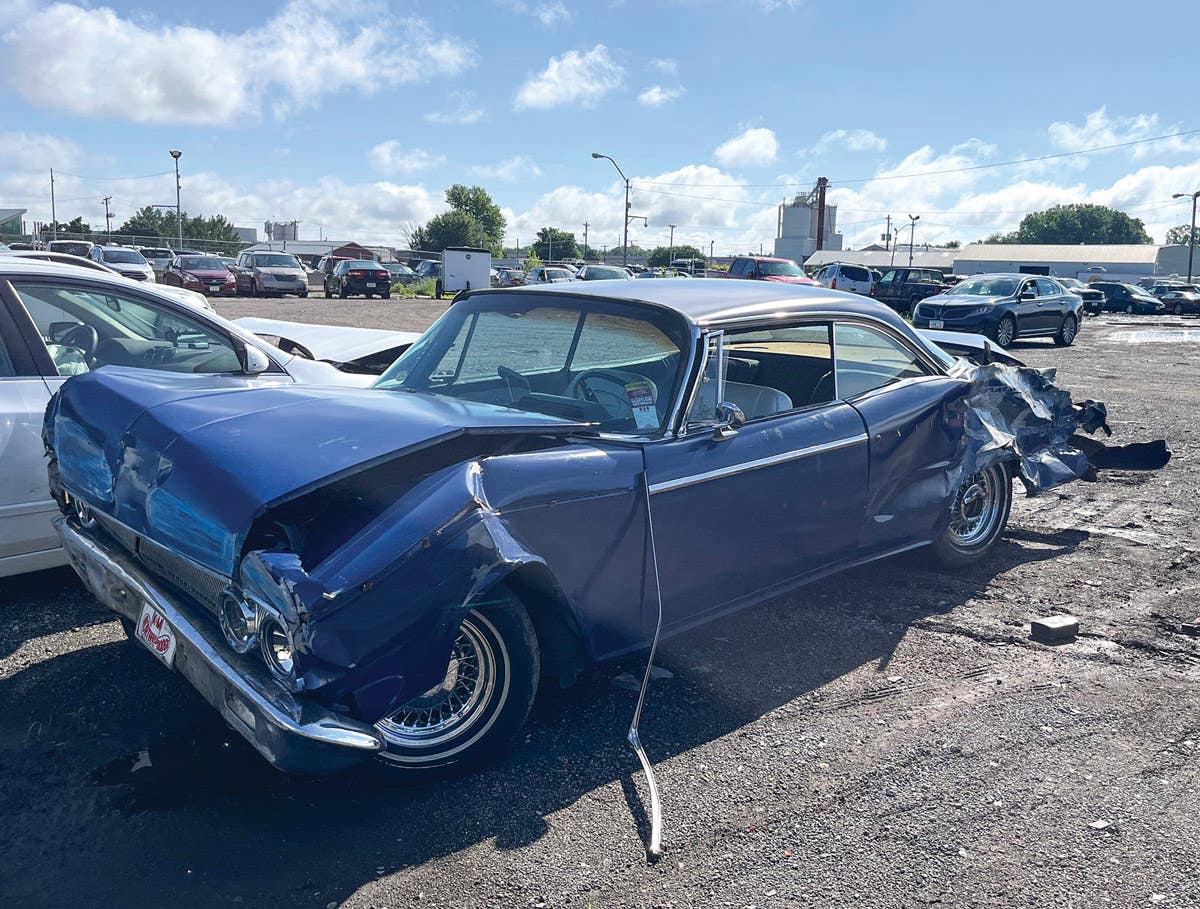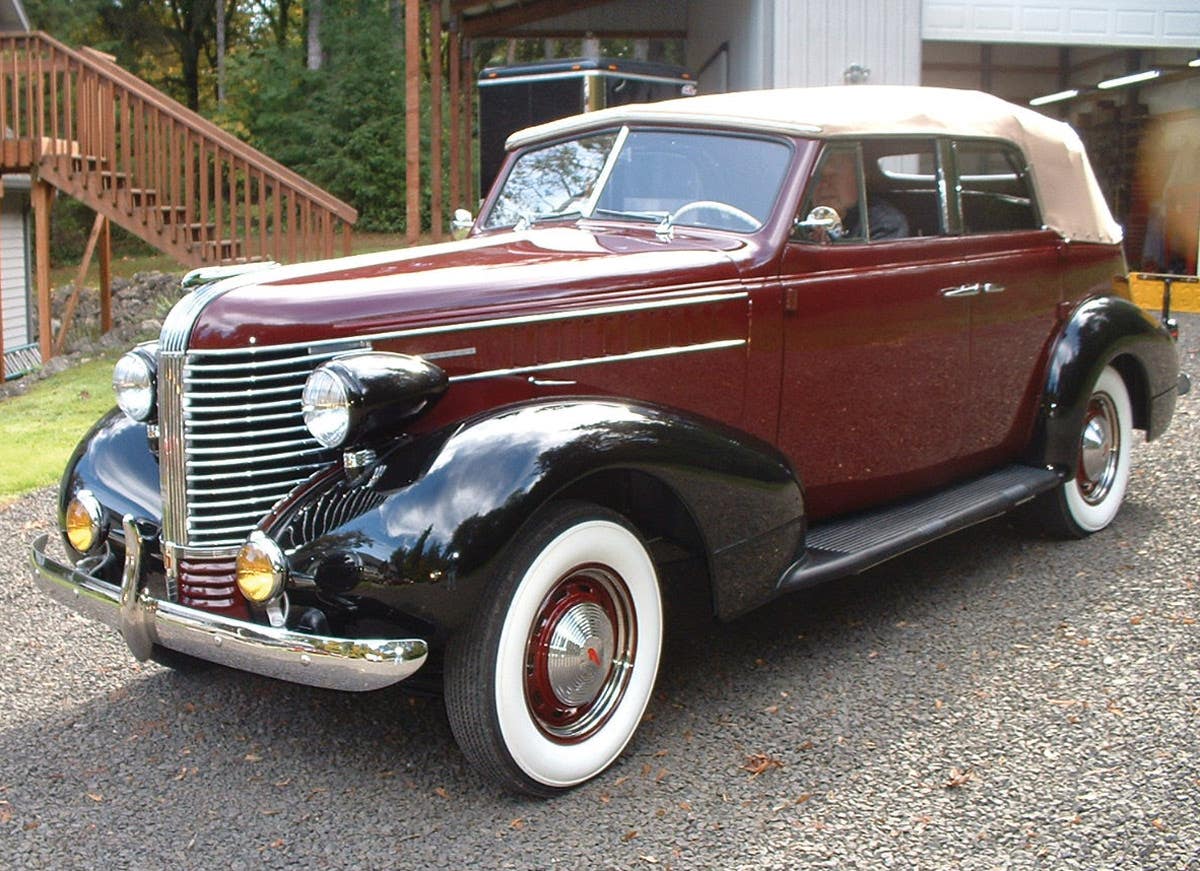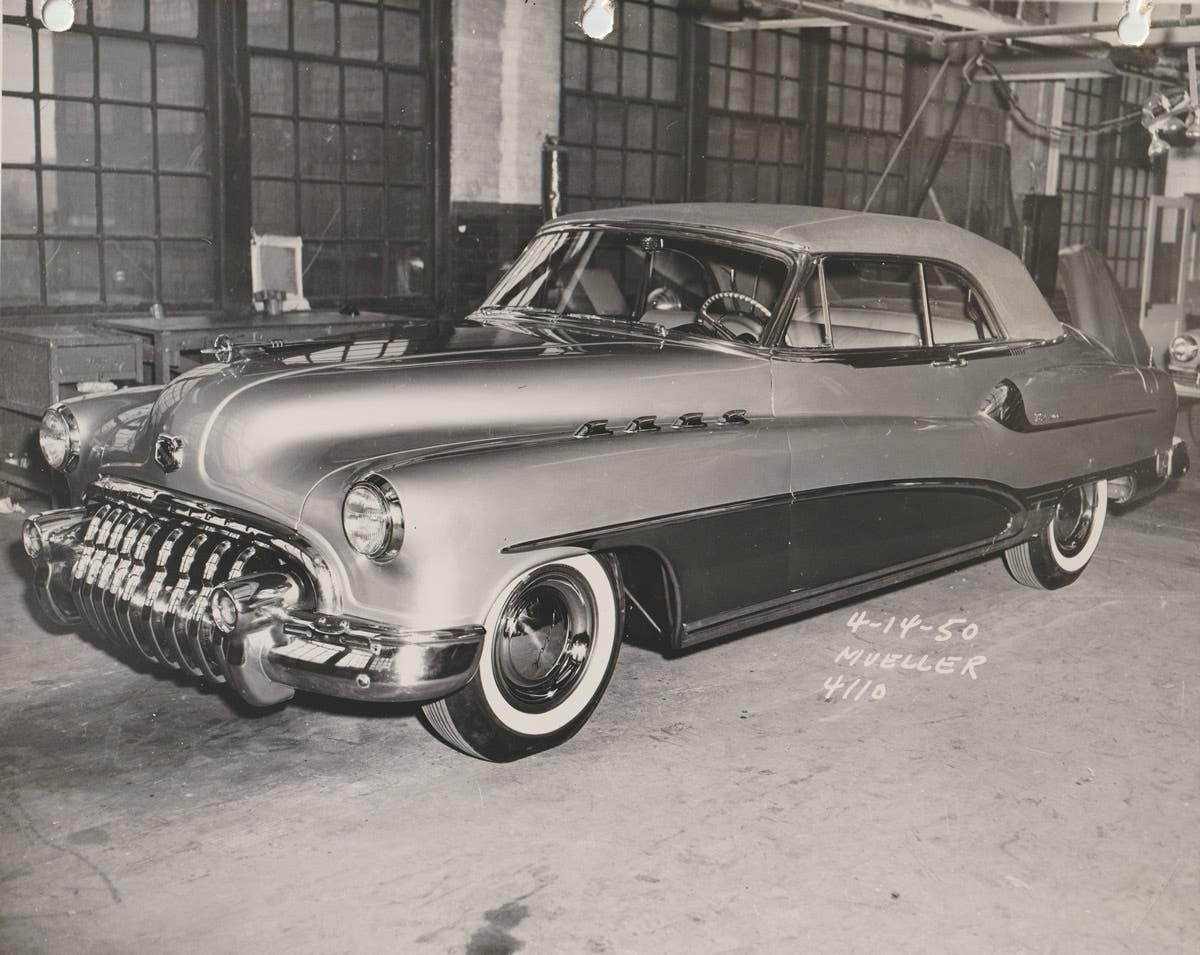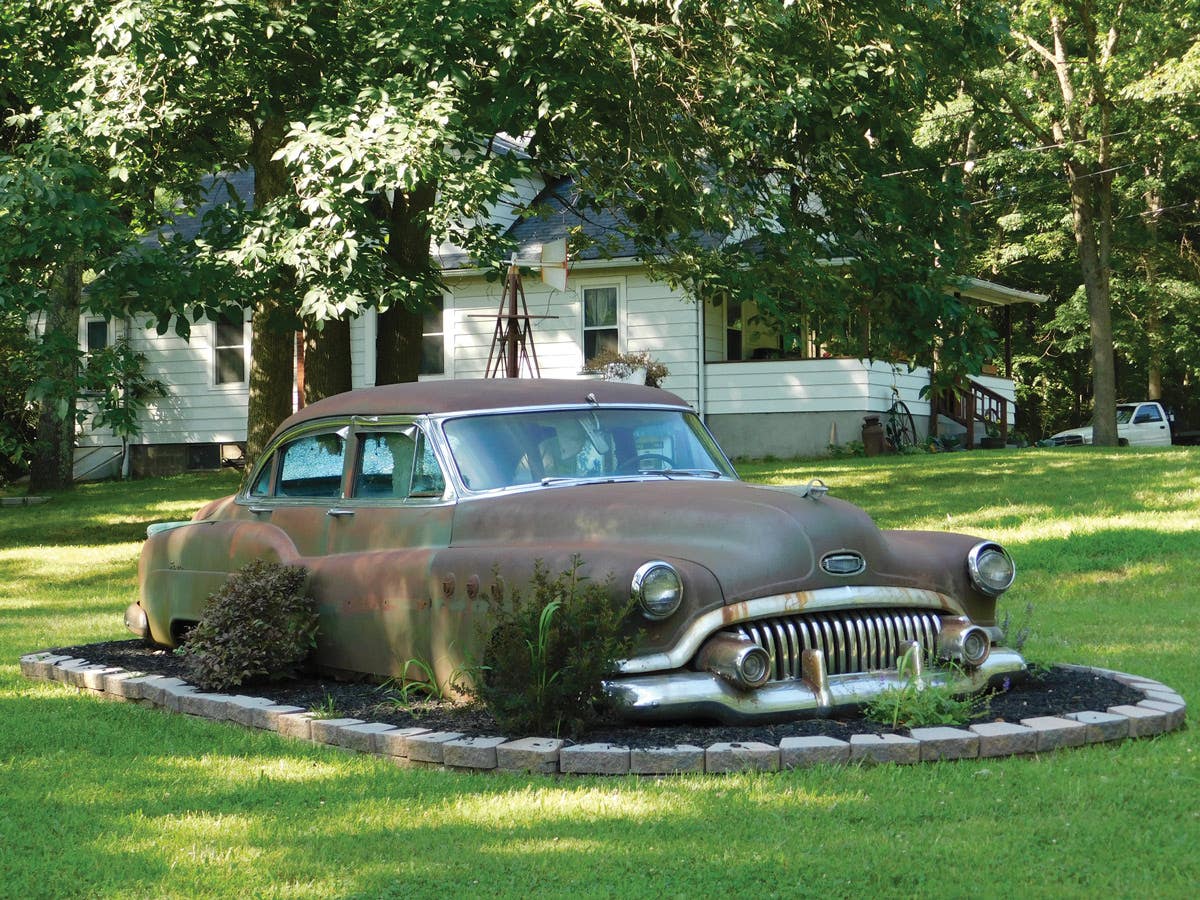Q&A with Kit Foster: March 8, 2012
Q. Just a minor correction to Gerald Knutsen’s response on the last push-button starter arrangement (Jan. 26). All 1958 AMCs used a conventional key start configuration, even when equipped with…
Q. Just a minor correction to Gerald Knutsen’s response on the last push-button starter arrangement (Jan. 26). All 1958 AMCs used a conventional key start configuration, even when equipped with the push-button-controlled automatic transmission. 1959 was the first year for the push-button start arrangement on AMCs equipped with push-button automatics. The balance of his comments were spot on. When the push-button start feature was added in 1959, a starter safety switch was also added, using a vacuum switch on the intake manifold to keep the starter from engaging when the engine was already running. The 1958s simply used a conventional neutral switch that required the transmission to be in the park or neutral position for the starter to be engaged.
Doug Noel, American Parts Depot LLC, West Manchester, Ohio
A. Thanks for that clarification. For more about vacuum starter lock-outs, read on.
-------------------------------------------------------------
Q. Regarding the Jan. 26 Q&A discussion about starter buttons lasting as late as 1962 on the Rambler on the dashboard, I’d like to comment about another style of starter button in the 1960s. As most car people know, starter buttons were foot pedals back in the teens and the 1920s, and longer. The 1963 or ’64 Buick was, I believe, the last version of a gas pedal-activated starter. It was, as you pointed out in the Q&A, a dual-function feature, not a stand-alone starter button. Many of these Buicks, for just the few short years this feature was used, were a complete puzzle to people who turned the key but didn’t know about it. I was one of those people. It happened to me while parking and moving cars in a jammed parking lot in 1963 at our local country club Play Day in Park Ridge, Ill.
Denny Smith, Machesney Park, Ill.
A. Yes, a starter button is a starter button, no matter where it’s located. I wouldn’t call the Buick system a short-lived feature, though. Buick used it at least as early as 1935, and I see reference to Pontiac, too, from 1935-38. Packard used a similar concept for many years, and Chevrolet had a version called “Starterator” from 1933 to 1937. These systems usually employed engine vacuum to disable the starting mechanism while the engine was running.
-------------------------------------------------------------
Q. A half-dozen years ago I had the rear main seal replaced in a 1968 Dodge 273 V-8. It appears to be leaking again. Can it be replaced without pulling the engine?
Thanks, Bob Faunce, Hebron, Maine
A. I’m not sure. I have a Motor Auto Repair Manual that describes removing the oil pan (which requires removal of the left-side engine-to-torque converter brace, steering and idler arm ball joints and exhaust crossover pipe - in most cases you can leave the crossover hanging, without removing it from the muffler). It gives instructions on cleaning the main bearing cap and says “install a new rope seal in the conventional manner.” It goes on to say “apply an all-purpose cement on the joint face on the ends of the rope and a quarter-inch to each side of the rubber side gasket. Do not use sealer on the rope where it contacts the crankshaft of near the bearing shell.” Whether it implies that the engine can stay in place I’m not sure. Readers?
-------------------------------------------------------------
Q. The Oct. 27, 2011, Q&A had a question about a Marks Globular Roadmap. I read with much surprise that someone else has one. Thirty-some years ago, while walking the Chocolate Field at Hershey, I saw this prize in its original box, along with instructions, and I just had to have it. Now, after having it on my garage shelf for three decades, I learn I’m not the only one. My literature says it was patented Jan. 23, 1940, and sold for $12.50. A bracket mounted on the side of the globe allowed it to be clamped to the steering column of a 1940s car. I realize now that the reason I bought it was so I could tell someone that I have one. What other reason could there be?
Dennis Matti, Mantorville, Minn.
A. Because you wanted it would be reason enough, I think. It’s a small point, but your 30 years aren’t quite up yet. The Chocolate Field opened in 1984, the first year I had spaces at Hershey.
-------------------------------------------------------------
Q. The lights pictured in the Nov. 3 Q&A are almost certainly running lights off an old bus. I have access to a late-1920s or early-’30s White bus that has similar fixtures on each side at the corners above the windshield. Here is a photo.
Wayne Mikosz, Placitas, N.M.
A. Yes, they’re quite similar, although the mounting is different and the bezels attach with three screws, not four. I think it’s safe to say they’re clearance or warning lights from some kind of large vehicle.
To submit questions to this column: E-mail angelo.vanbogart@fwmedia.com or mail to: Q&A, c/o Angelo Van Bogart, 700 E. State St., Iola, WI 54990-0001.
Got Old Cars?
If you don't subscribe to Old Cars Weekly magazine, you're missing out on the only weekly magazine in the car hobby. And we'll deliver 54 issues a year right to your mailbox every week for less than the price of a oil change! Click here to see what you're missing with Old Cars Weekly!
More Resources for Car Collectors:
- Classic car price guides, research, books, back issues of Old Cars Weekly & more
- Get expert restoration advice for your classic car
- Get car pricing, data and history all in one place
- Sign up for Old Cars Weekly's FREE email newsletter
- Need to buy or sell your classic car? Looking for parts or memorabilia? Search our huge online classified marketplace







